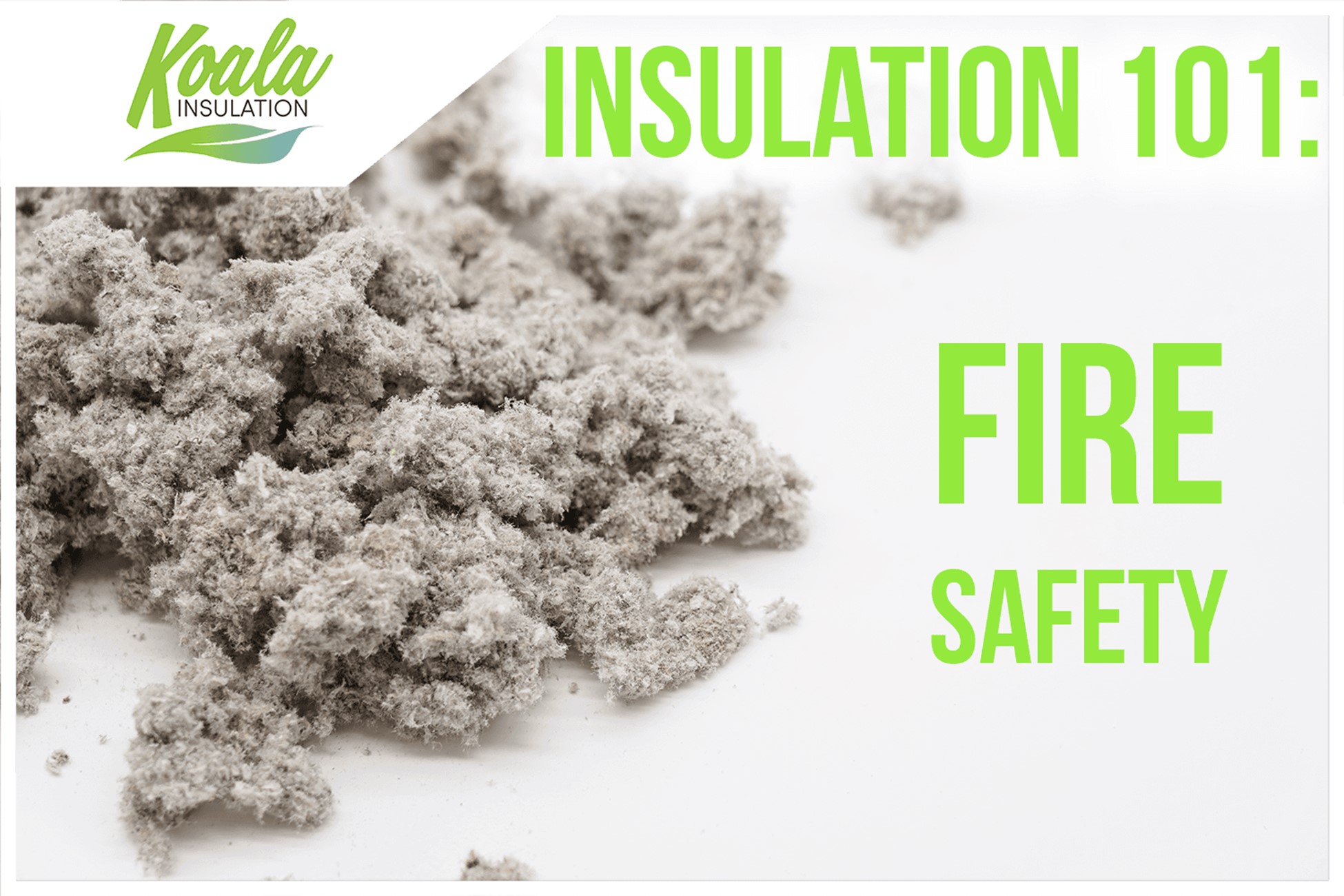Insulation Material 101: Fire Safety in North Kansas City

The health, safety, and comfort of the household are some of the top priorities for homeowners. Even though insulation often suffers from the "out of sight, out of mind" mindset for many people, that doesn't mean it shouldn't be treated with the same kind of care and scrutiny. It's important to know what kind of material is being installed and how it can affect your household. One of the most important considerations for choosing the best insulation material to put in your home is fire safety.
Most insulation materials have inherent fire-resistant properties but several commonly installed types need to have additional chemicals or coatings applied to be considered fire safe. However, this shouldn't necessarily become a concern for homeowners. Instead, it's crucial to ensure your household is educated on the fire resistance of a material and how it applies to your climate, building, and coverage. Therefore, our team of industry experts at Koala Insulation of North Kansas City has put together educational information to break down the fire safety components of commonly installed materials.
Flame Resistant VS Flame Retardant
For those unfamiliar with the difference, fire resistance and flame retardant may be interchangeable in their vocabulary. However, the terms do have their own significant meanings. Especially when it comes to items and materials installed in your home, it's crucial to know the difference. Flame resistance refers to materials that are inherently non-flammable. Their resistance to fire is already built into their chemical make-up.
On the other hand, materials that are flame retardant have been chemically treated to have slow-burning or self-extinguishing properties. The substance isn't considered fire-resistant, it needs to have an additional chemical or property mixed in or applied to it to be considered fire safe. While neither flame resistance nor flame retardant will entirely extinguish flames from something like a severe house fire, they can be crucial to slow or reduce the damage of a fire hazard.
Fiberglass and Mineral Wool
One of the most easily recognizable insulation materials for homeowners is fiberglass or mineral wool; you may remember your parents telling you not to eat or touch the fluffy stuff in the attic. These materials are considered fire-resistant, as they're naturally noncombustible, even if they've significantly deteriorated over time. Fiberglass and mineral wool may have combustible facings (the kraft paper or foil that may cover batt insulation), but these are additionally covered with a code-approved fire barrier.
Cellulose
Cellulose insulation is made of 80% recycled material, with a majority of the material used often being recycled newspaper. While the recycled material is considered highly combustible, the material is chemically treated during production. This makes it a flame retardant material. For more information on cellulose insulation and a controlled demonstration on its response to fire, check out Koala Insulation's video "Insulation 101: Cellulose Insulation.”
Spray Foam
A common myth about spray foam is that it's a significant fire hazard for your home because of the chemicals mixed together to create the installed material. While spray foam will ignite at about 700?, there are additional steps that may be taken to make the material flame retardant. Once applied, spray foam is usually covered in an intumescent coating, often a type of paint. This creates a protective barrier that helps protect the material from high temperatures. For perspective, an intumescent coating is a commonly used product to cover many different combustible objects and materials in both residential and commercial buildings.
Learn More with Your Local Insulation Experts
When it comes to protecting your home from potential fire hazards, it’s crucial to understand what material is going into the house. Proper installation, material type, and even building codes are all considerations that must be taken into account to ensure the safety of a building and its occupants. While regulations and building needs will differ with the region, climate, and even residential versus commercial building needs, our industry experts are familiar with the local building requirements and necessary fire safety additions.
Our team at Koala Insulation of North Kansas City is dedicated to keeping you and your household comfortable and safe. With our breakdown of your home's current condition, we can pinpoint problem areas that have poorly installed or inadequately covered material. From there, our industry experts work with your time and budget to determine the best course of action to remove and reinstall insulation throughout your home. Contact our team today to schedule a free evaluation and learn more about insulation fire safety.
Find Your Location


Get a quote



